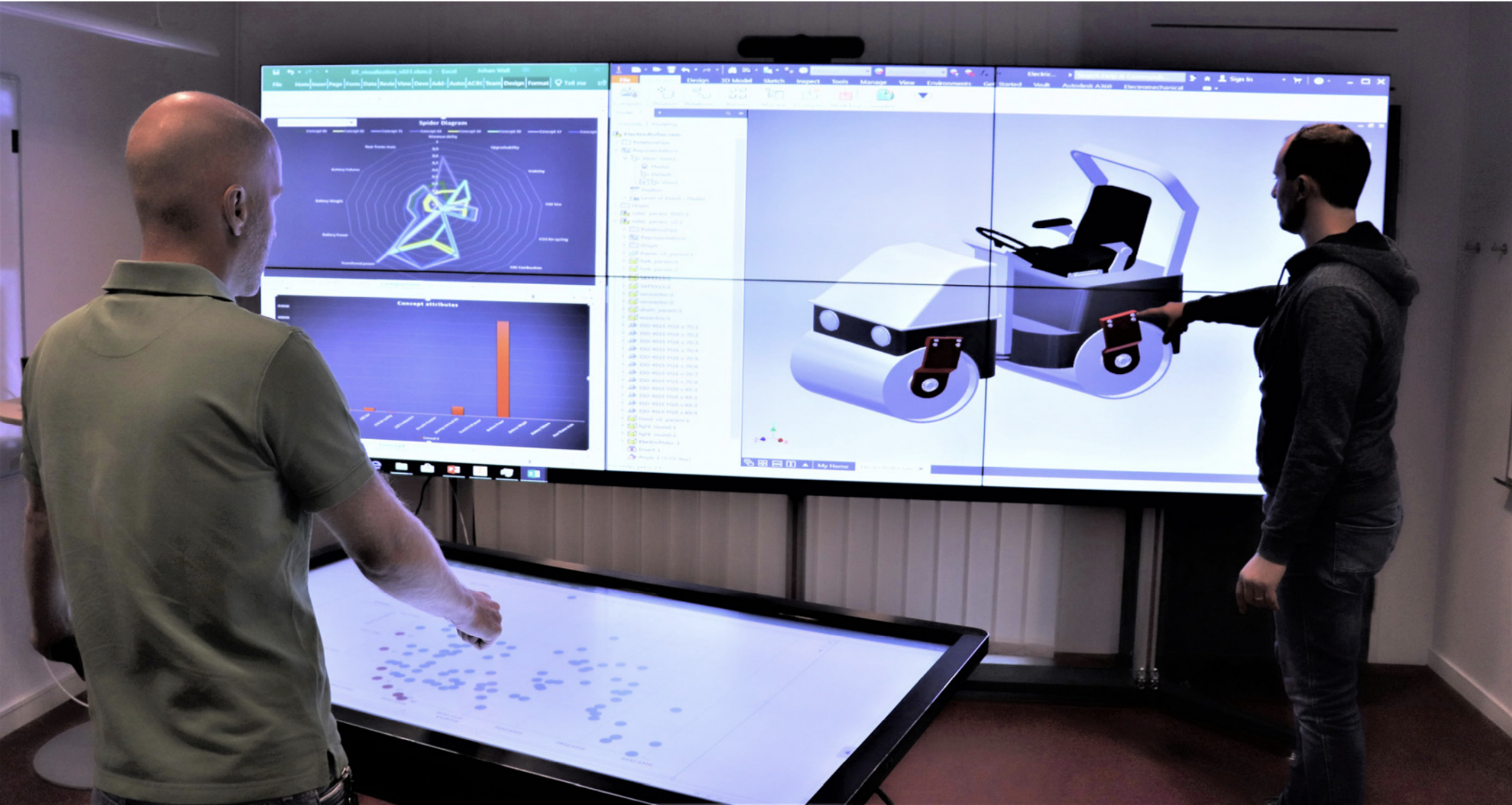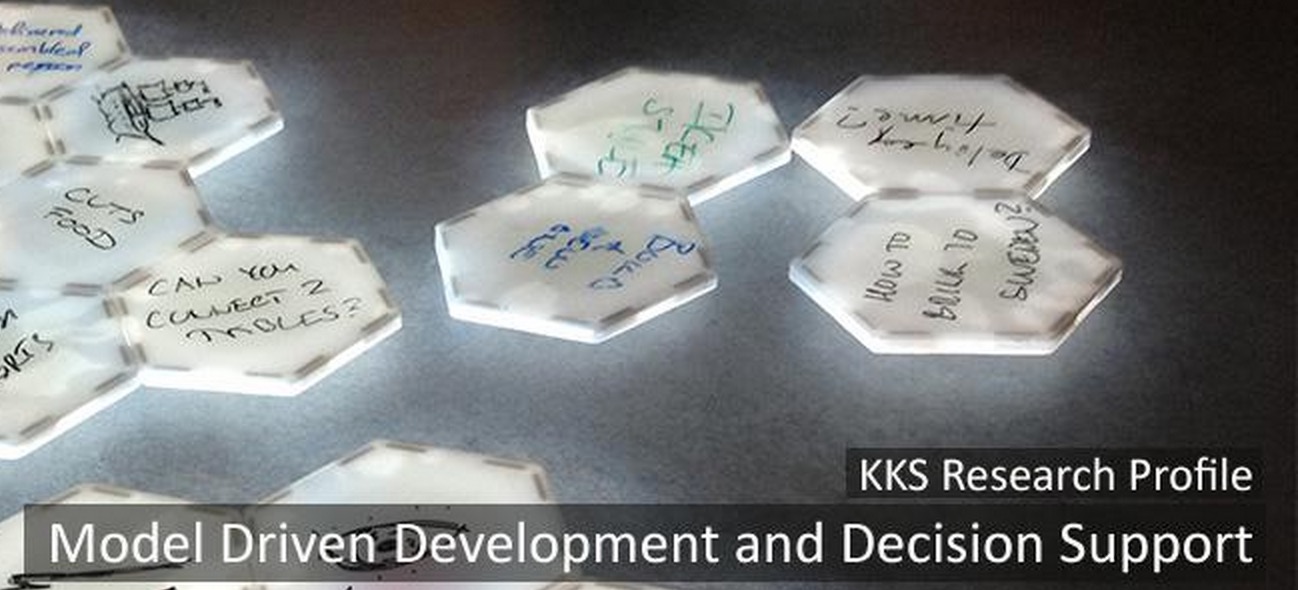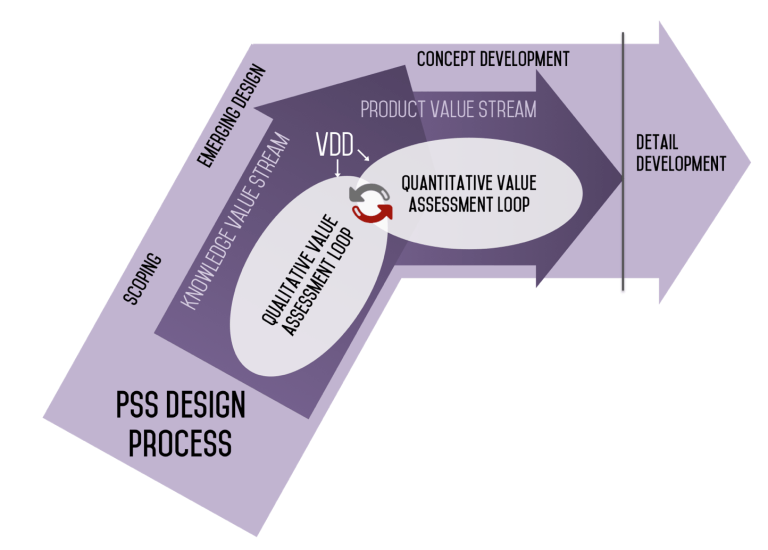Research paper published in Proceedings of the 12th International Design Conference – Design 2012.
Abstract
The paper discussed potentials and existing challenges of considering Value when designing a Product-Service System offering. The main problem has been identified on having new methods and tools that can help designers to consider every design option from a value perspective (possibly based on a longer timespan). Nowadays mainly revenue, costs and technical risks analysis are taken into consideration and boiled down into monetary terms in a rather short period. This often caused the “killing” of more radical ideas (that could potentially bring more benefits if seen in a longer time perspective) at the various decision gates during the project. So at the end, everybody talks about value, but actually money is what people look at in the end. The paper discussed how a Value simulation approach can provide benefits in terms of compared different design solutions from a Value perspective. With such an approach it is possible to take into consideration the value of aspects like intangibles perceived by the customer (provide the best customer experience as possible) or knowledge gained by the company during the business. An example has been presented in order to discuss how Value simulation can be effectively a strength when dealing with the wider design space that the PSS development implies. Another main benefit is that such a tool will enable engineers to have at least “reasoning” in order to sponsor more radical concepts. Thirdly, the tool can enable optimization and increase innovation, since the team can look at why the model has low value in a certain lever, and starting to brainstorm possible solutions of how to increase it. However, the approach is still in its infancy and future work needs to be done. First of all, the weighting phase is crucial since it will profoundly affect the model. Further research will focus how the design team can place define weights in a qualitative but effective way, in order to take the major benefits from a “lightweight” qualitative approach and the simulation based on mathematical equations. Secondly, work has to address how intangibles and knowledge can affect monetary parameters, such as the price of the offerings or costs (making the intangibles tangible, so to say). This will require further research, but it has been seen as a great opportunity of making a step further in the topic, since the uncovered areas realted intangibles and knowledge are still many.
Keywords
- Value engineering, product-service systems, simulation-driven design
Reference
- Panarotto, M., T. Larsson (2012). Towards Value Driven Simulation of Product-Service Systems – A Conceptual Scenario. 12th International Design Conference, Design 2012, Dubrovnik, Croatia, May 21-24, 2012.
- Web page: http://www.designconference.org/
Download paper
Tag cloud of paper




